If you’re considering moving to Tokyo, whether for work, study, or lifestyle, finding the right apartment is a top priority. With a mix of ultra-modern buildings, cozy units, and everything in between, apartments in Tokyo, Japan offer a wide range of options for renters and buyers alike. This guide will walk you through types of housing, rental prices, buying options, and how your income compares to living costs in the city.
Why Choose Tokyo?
Tokyo stands as more than just the capital of Japan, it is a dynamic metropolis that blends ancient tradition with cutting-edge modernity. Renowned globally for its unmatched public safety, seamless transportation networks, and rich cultural tapestry, Tokyo consistently ranks among the world’s top cities for quality of life. It draws in a diverse population of professionals, students, and families seeking not only career advancement but also a deeply enriching lifestyle experience.
From high-paying roles in global corporations to thriving creative industries and academic institutions, the city presents a wealth of opportunities across sectors. In addition to its economic strength, Tokyo offers residents unparalleled access to top-tier healthcare, world-class infrastructure, and a standard of cleanliness and organization rarely found elsewhere.
Beyond its efficiency and innovation, Tokyo captivates with its endless variety, from quiet parks and historical temples to neon-lit districts alive with energy day and night. It’s this balance between serenity and stimulation that makes living in Tokyo not just convenient, but truly inspiring.
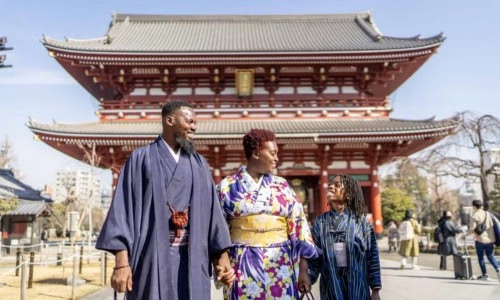
Modern life and tradition in Tokyo
Types of Apartments in Tokyo
When exploring apartments in Tokyo Japan, it’s essential to understand the different property types and floor plan codes you’ll encounter. The Japanese housing market uses unique terms to describe both building styles and layouts, and knowing the distinctions can make your search much smoother.
- Apaato (アパート) refers to low-rise residential buildings made of lightweight materials such as wood or steel. Typically no more than three stories tall, these units are commonly found in quieter, suburban Tokyo neighborhoods and tend to offer lower rent.
- Manshon (マンション), on the other hand, are usually built with reinforced concrete and offer sturdier construction. These mid- to high-rise buildings often come with enhanced security features and amenities like elevators, auto-lock entrances, or package delivery lockers.
In addition to building types, apartment listings also use layout abbreviations. A 1K apartment means a single room with a separate kitchen area, while a 1LDK adds a living room and dining space. Larger formats like 2LDK or 3LDK indicate two or three bedrooms plus a shared living-dining-kitchen zone, ideal for couples or families.
If you’re navigating the market for the first time, Japanese property websites such as SUUMO or HOME’S can be extremely helpful. These platforms not only list apartments in Tokyo Japan by budget and area but also provide clear floor plans and photos to help you understand each unit’s layout at a glance.
renting an Apartment in Tokyo
Finding and renting an apartment in Tokyo can seem overwhelming at first, especially for newcomers unfamiliar with Japan’s housing system. However, once you understand the process and prepare the necessary documents, securing a place to live becomes relatively smooth and efficient.
Tokyo’s rental market is vast, competitive, and fast-moving, with countless options ranging from compact studios in the city center to spacious apartments in suburban Tokyo. Whether you’re here for work, study, or long-term residence, knowing what to expect will help you navigate listings, manage costs, and settle into the right home with confidence.
Guide to Securing Housing in Tokyo
While Tokyo’s rental process may seem complex at first, it becomes quite manageable once you understand the basic requirements. Most apartments in Tokyo are handled through real estate agencies, which act as intermediaries between landlords and tenants. To begin your rental journey, you’ll typically need to prepare the following:
- A valid visa and residence card to prove your legal status in Japan
- Proof of stable income, such as recent payslips or tax records. If you don’t have sufficient income, a guarantor, often a Japanese citizen or guarantor company, may be required
- Initial move-in costs, which usually include a security deposit, non-refundable key money (礼金), agent commission, and the first month’s rent upfront
Keep in mind that the listed rent often doesn’t cover additional charges like utilities (water, electricity, gas) or monthly building maintenance fees. These extra costs can add up, so it’s essential to factor them into your budget before signing a lease.
Tokyo Apartment Rental Prices in 2025
Rental prices in Tokyo vary widely based on the apartment’s layout and its location within the city. Central areas like Shibuya, Minato, and Chiyoda generally come with higher monthly costs due to their prime access to transportation, business centers, and lifestyle amenities.
Here’s a general breakdown of average monthly rent in central Tokyo:
Layout Type | Typical Monthly Rent (Central Tokyo) |
1K | ¥90,000 – ¥130,000 |
1LDK | ¥130,000 – ¥200,000 |
2LDK | ¥180,000 – ¥300,000+ |
If you’re looking for a more affordable option, suburban Tokyo offers great alternatives. In wards like Nerima, Adachi, or Itabashi, rent can be 20–30% cheaper than the city center, without sacrificing access to trains, parks, or everyday conveniences. These areas are especially attractive for families and long-term residents who value space and quieter surroundings.
Buying Apartments in Tokyo
If you’re planning to stay in Japan long-term or looking to make a strategic investment, buying an apartment in Tokyo can be a rewarding move. The city’s real estate market remains one of the most stable in Asia, offering a variety of properties ranging from brand-new units by developers to resale listings in prime neighborhoods.
Whether you’re browsing apartments in Tokyo for sale through large real estate firms or searching for Tokyo flats for sale via local agents, you’ll find options that suit different budgets, lifestyles, and ownership goals.
Average Cost of Buying in 2025
Property prices in Tokyo are heavily influenced by location, size, and building age. In central districts such as Minato, Shibuya, and Chiyoda, the average price per square meter is currently around ¥1.3 million. A standard 70 m² apartment in these neighborhoods could cost between ¥90 million and ¥100 million, especially if it’s in a high-rise building with modern amenities.
For those seeking better value, suburbs in Japan, including Machida, Hachioji, and Chofu, present more affordable alternatives. In these outer areas, apartments of similar size often range from ¥30 million to ¥50 million, making them a practical choice for families or buyers prioritizing space and quiet surroundings over proximity to the city center.
Here’s a quick price comparison:
Area | Estimated Cost (70 m² Apartment) |
Minato / Shibuya | ¥90M – ¥100M |
Machida / Hachioji | ¥30M – ¥50M |
Can Non-Japanese Citizens Own Property in Tokyo?
Yes, Japan places no legal restrictions on foreigners owning property. Both residents and non-residents are free to purchase land and buildings outright. However, if you’re planning to finance your purchase through a Japanese bank, you’ll typically need to meet certain conditions. Most lenders require proof of long-term residency, stable income, and sometimes a permanent visa status.
In addition, buyers should be prepared for other costs such as registration fees, property taxes, and annual maintenance charges, particularly for mansion-style apartments in high-rise buildings.
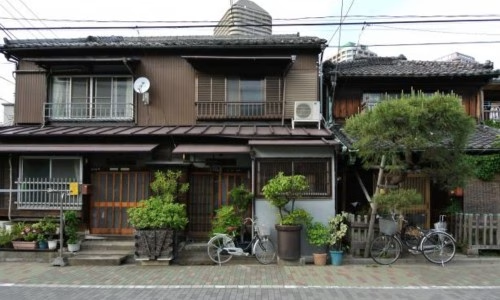
Foreigners can buy property Japan
Cost of Living vs. Income in Tokyo
Understanding the relationship between income levels and the cost of living is essential when considering life in Tokyo, especially if you’re planning to rent or buy property in the city. With one of the highest living standards in Asia, Tokyo also commands some of Japan’s most competitive salary ranges.
According to recent salary surveys and government data for 2025, the average salary in Tokyo is approximately ¥6.2 million per year, reflecting the city’s status as Japan’s economic hub. In contrast, the Japan average income stands at around ¥5.2 million annually, showing a significant urban-rural gap in earning potential. To provide more context:
- Tokyo median income 2025: ¥5.7 million/year
- Median salary in Japan: Roughly ¥4.8 million/year
- Median household income in Tokyo: ¥7.6 million/year
- Japan middle class income range: ¥4 million to ¥7 million annually
These figures are crucial when evaluating affordability for housing and daily expenses. A commonly used benchmark is to spend no more than 30% of your monthly income on rent. By this measure, someone earning the median income in Tokyo, about ¥475,000 per month, would ideally look for housing priced under ¥145,000 monthly, aligning with typical rent for a 1K or modest 1LDK apartment.
So, what is considered a good salary in Japan today? In Tokyo, an annual income exceeding ¥6.5 million is generally viewed as upper-middle class. Meanwhile, the upper middle class salary in Japan starts around ¥7.5 million or more per year, allowing for a higher standard of living and greater flexibility in housing choices, including buying an apartment in Tokyo.
If you’re relocating for work or planning a long-term stay, it’s helpful to compare your expected income with Tokyo’s average household income and housing prices to ensure long-term financial comfort.
Where to Live: Best Tokyo Neighborhoods
Tokyo offers a diverse range of neighborhoods, each with its own character, lifestyle, and housing options. Whether you’re looking for the fast-paced energy of the city center or the relaxed atmosphere of the suburbs, there’s a place in Tokyo that matches your needs.
In central Tokyo, you’ll find high-end living, business convenience, and access to some of the city’s most vibrant hubs:
- Minato stands out as a prestigious district favored by expats and diplomatic communities. With upscale residences, international schools, and embassies, it offers a refined urban lifestyle.
- Shibuya is dynamic and trend-forward, making it a prime choice for young professionals in tech, fashion, and creative industries. Its lively streets are filled with cafes, coworking spaces, and cultural venues.
- Chiyoda, known for its political and historical significance, is home to government institutions and luxury real estate. It’s ideal for those seeking quiet prestige and proximity to Tokyo Station and the Imperial Palace.
If you prefer a more spacious, cost-effective environment without sacrificing accessibility, suburban Tokyo provides excellent alternatives:
- Kichijoji is consistently ranked among Tokyo’s most livable neighborhoods. It offers a perfect blend of greenery, boutique shopping, and family-friendly amenities, centered around the beloved Inokashira Park.
- Nerima and Itabashi are peaceful, affordable residential areas with a strong local vibe. These neighborhoods attract renters who value quiet surroundings, larger apartment sizes, and lower rent.
- Ota and Setagaya are great for long-term residents and growing families. Known for their spacious homes and relaxed pace, they strike a balance between community life and access to central Tokyo.
Living in suburban Tokyo allows you to enjoy more space and lower rental costs, all while staying well-connected to downtown via Japan’s efficient public transportation system.
Life in a Typical Tokyo Apartment
Living in a Tokyo apartment offers a unique blend of practicality, compact design, and cultural nuance. While units are generally smaller than Western standards, they are thoughtfully designed to make the most of limited space, especially in central areas where every square meter counts.
Apartment Size and Features
For individuals living alone, a typical apartment in Tokyo ranges between 20 to 30 square meters, often in the form of a 1K or studio layout. These are ideal for students, young professionals, or anyone who values location over size. Families, on the other hand, tend to opt for larger units, typically between 50 and 80 square meters, which usually come in 2LDK or 3LDK formats.
Despite their size, most apartments in Tokyo Japan are equipped with modern essentials and smart layouts. Common features include:
- Compact yet functional kitchens, often with induction cooktops and limited counter space, but designed for efficiency
- Separate bathroom and toilet areas, a standard feature in Japanese apartments for hygiene and convenience
- Built-in storage, including closets, shelves, and overhead cabinets to maximize available space
- Air conditioning units, which are standard in nearly every room and essential for Tokyo’s humid summers and chilly winters
Some newer or higher-end buildings may also include extras such as heated floors, bidet-equipped toilets, or intercom systems with video screens.
Rules and Expectations
Living in Tokyo means sharing close quarters with neighbors, so there’s a strong emphasis on consideration and community harmony.
- Noise levels are strictly observed, especially in the evenings. Most buildings ask tenants to keep quiet after 10 PM, which means no loud music, parties, or heavy footsteps.
- Garbage disposal follows strict sorting rules, requiring residents to separate waste into burnable, non-burnable, plastics, cans, and bottles, with designated collection days for each type. Failing to sort your trash properly could lead to fines or formal warnings.
- Pet ownership and musical instruments may be restricted depending on the building. Some apartments prohibit dogs or cats, while others have noise regulations that limit piano or guitar use, even during the day.
Understanding and respecting these norms not only helps avoid conflicts but also allows you to fully integrate into local apartment life.
Rental Advice for Foreigners Living in Tokyo
To make your apartment search smoother, consider working with agencies that have English-speaking staff or use bilingual websites like SUUMO or RealEstate Japan.
Prepare for upfront costs, which often add up to three to five months’ rent, including deposit, key money, agency fees, and the first month’s rent.
If you’re staying short-term, furnished apartments can save time and money, as they come with basic household items. Always check the building’s age and earthquake safety standards, newer buildings (post-1981) are built to stricter codes.
Many renters ask: what is the average salary in Japan per month? In 2025, it’s about ¥430,000. To stay within budget, try to keep rent below 30% of your income, or roughly ¥130,000/month, which is suitable for a 1K or small 1LDK in Tokyo.

Tokyo rental tips for foreigners
Conclusion
Tokyo’s apartment market is modern, varied, and suited to every lifestyle, whether you’re renting short-term or searching for an apartment for sale in Tokyo. From quiet Tokyo suburbs to central high-rises, the right home is out there if you know where to look.
With local insight and personalized support, Arealty.jp helps you navigate the Tokyo housing scene with ease, making your apartment search faster, smarter, and stress-free.
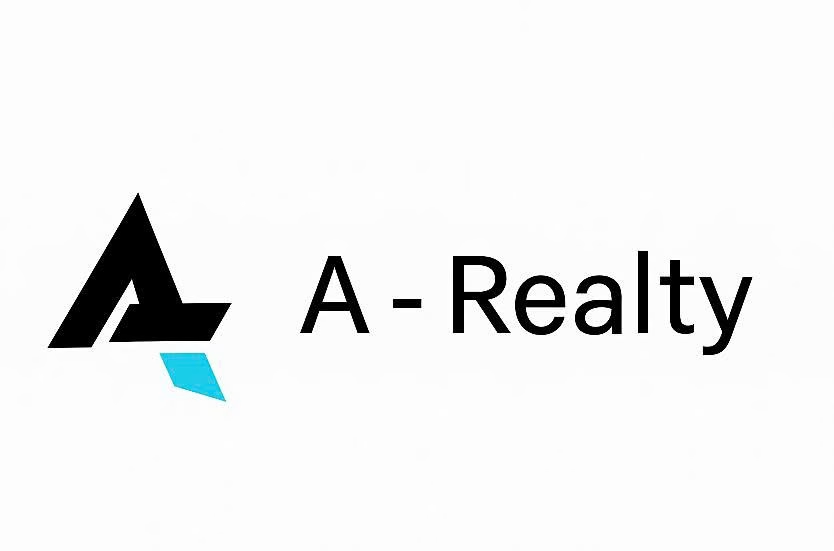
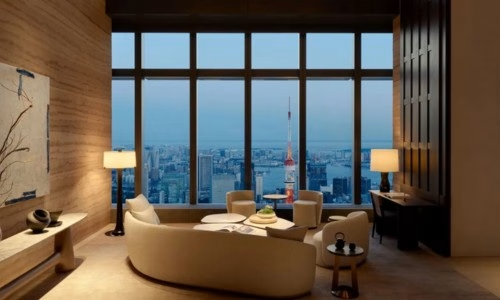

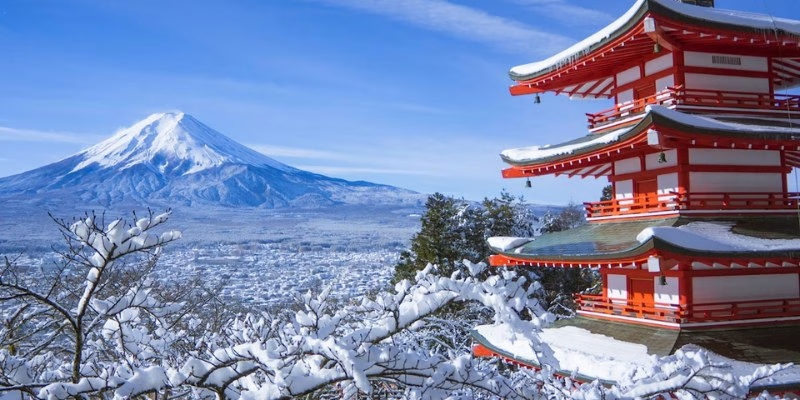
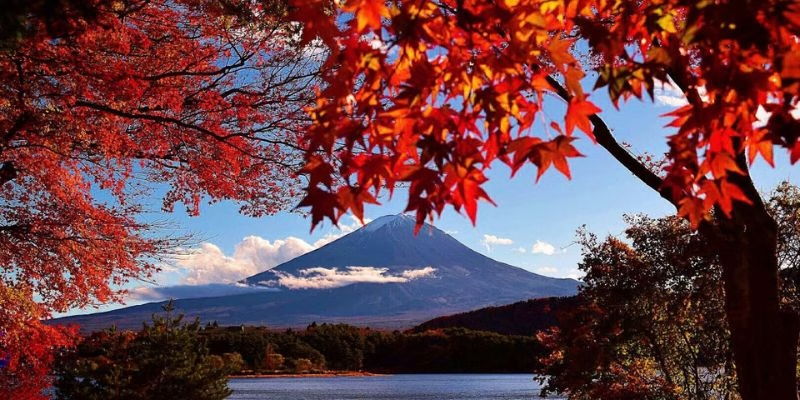

Leave a Reply